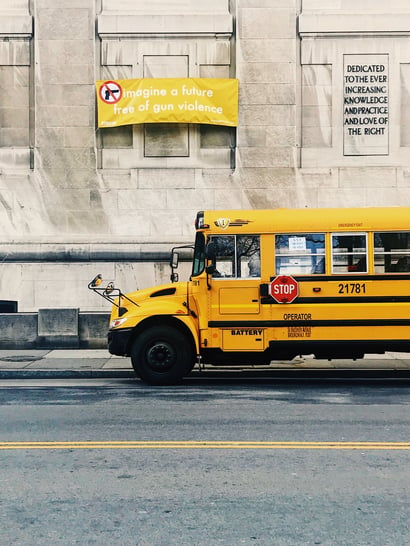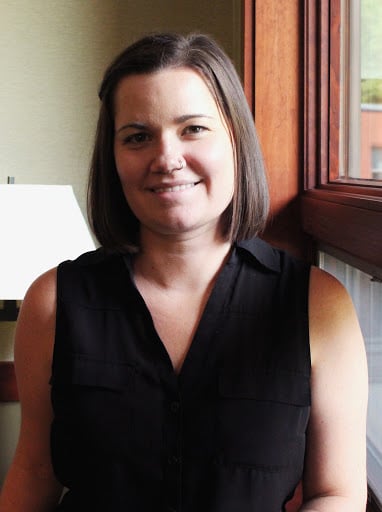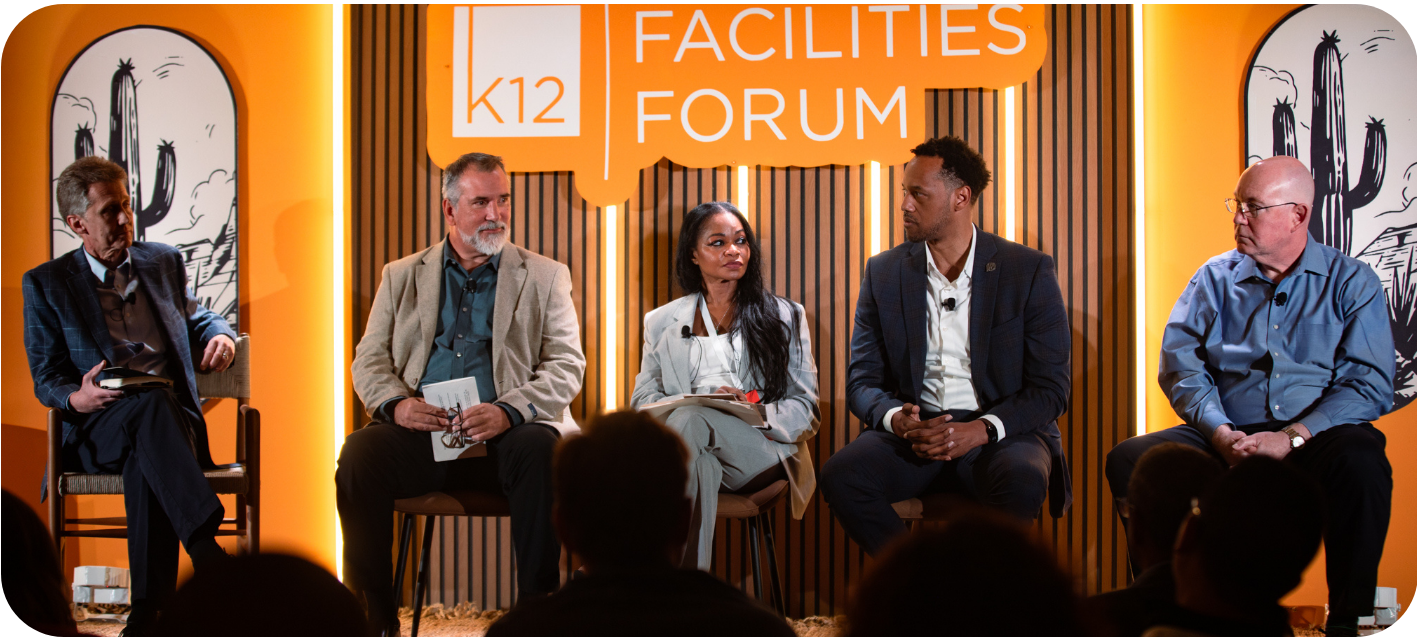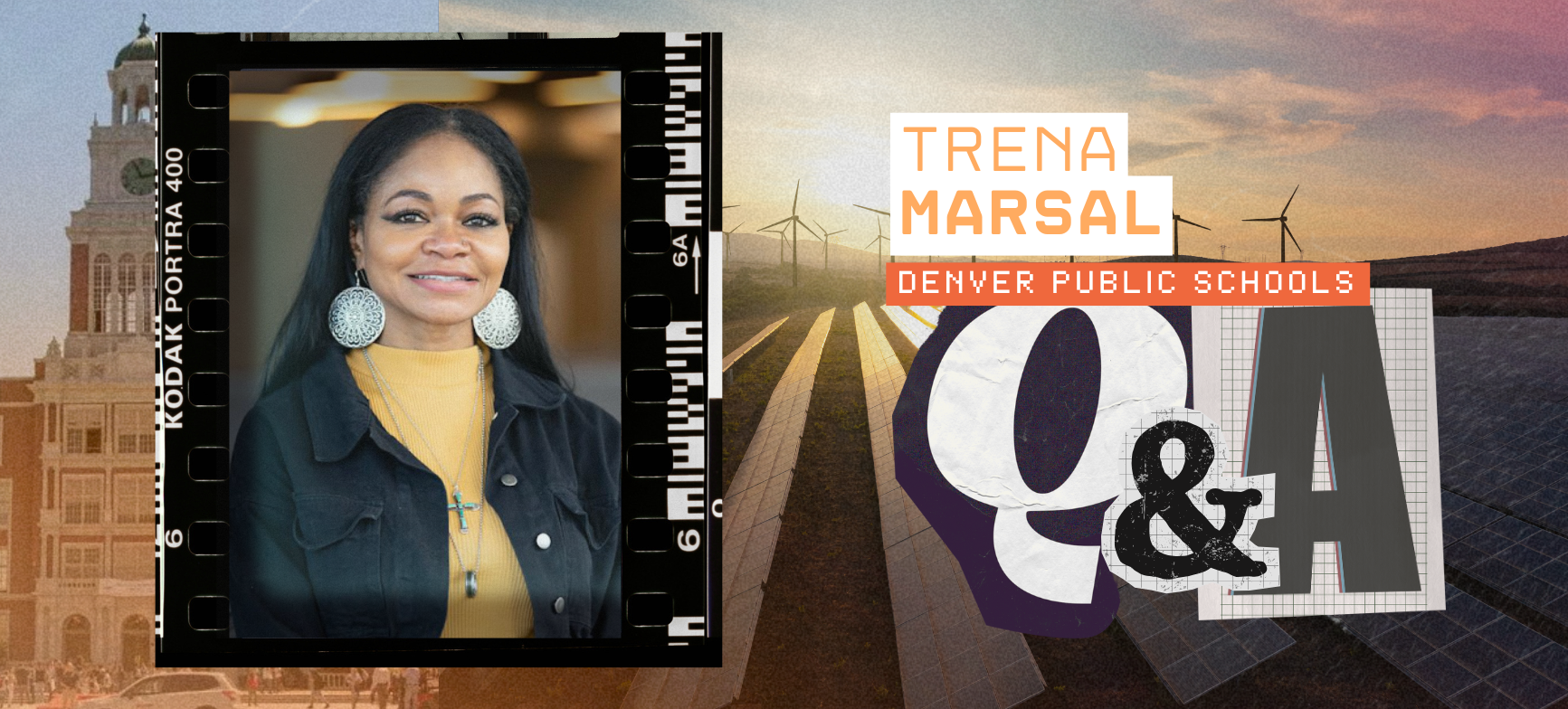When a gunman entered a high school in Aztec, New Mexico in 2017, the tragedy hit close to home for the Albuquerque Public School system, spurring officials to take a harder look at their own security.
"We had standards, but hadn't made them mandatory," Kizito Wijenje, executive director for the Capital Master Planning, said. "We'd been working on [a security strategy] for seven or eight years, but when an incident hit a district about two hours from us, it was put on the fast track."
Albuquerque Public Schools made it a priority to refine their security plans by developing a comprehensive Intervention and Prevention Safety Program that’s proving to successfully support student welfare and well-being.
"We weren't interested in buying a bunch of bells and whistles," Karen Alarid, executive director of facilities, design and construction for the school system, said. "We wanted to take a really comprehensive and pragmatic look, partly because we're a really large district and we have lots of buildings that need to be secured. That was kind of the impetus of it."
With a more than $23 million price tag, the system looks at Albuquerque Public Schools safety comprehensively from two approaches: Intervention and Prevention.
The multidiscipline, comprehensive safety program covers more than 150 schools and campuses and 6,500 classrooms, encompassing 1,200 square miles and 15 million square feet of building.
But the program doesn't just look at Albuquerque's buildings, it also focuses on the people inside.
"In a nutshell, we very quickly realized that you can get all kinds of technical equipment, but if you don't deal with the family and emotional health support, the counseling and policing and the human element of all this… it won’t make much sense,” Wijenje said.

Taking A Deeper Look
The Aztec High School shooting was a catalyst of sorts for the school system to make the development of a robust security system a top priority.
"You can get all kinds of technical equipment, but if you don't deal with the human element of all this… it won’t make sense."
“We always had a realization that we do need to have certain standards for security, but when the incident happened really close to us, that's when things became a reality. We had to accelerate what we were doing,” Wijenje said. The first thing officials did was take a comprehensive assessment of all the district’s facilities in order to get a baseline of what needed to be done and how much it would cost.
Albuquerque Public Schools police chief Steven Gallegos revealed that the age of the schools played a part in determining what kind of security would be needed.
“There were always concerns with our district because you have a lot of schools, some that are really old...and they weren’t built with security in mind,” he said.
In fact, with an average age of 50 years old, many of the schools in the district were built as community pieces, with numerous access points and a sort of open-door policy.
“We wanted to look at school safety comprehensively, and not do a scatter-shot approach where we're doing something here, and something there,” Wijenje said.
Upgrading & Making Changes
With age and technology in mind, officials explored systems that could be integrated at all levels and in all departments, making sure the IT department could support the programs, and that maintenance and architectural shops were capable of handling the security.
The first phase of the system addressed the “low hanging fruit,” as Wijenje calls small changes such as upgraded door locks, beefed up security cameras, and limited access points.
 |
“One of the first things was getting door locks on classrooms that can be locked from the inside instead of having to have someone go outside to lock the classroom,” Alarid said.
Gallegos said that his department has also worked to control access points, ensuring visitors must come to the school office and state their business before gaining access to the school.
Other immediate measures the district took included working with the Albuquerque Public School Police Department to switch from the standard “shelter in place” policy to the ALICE (Alert, Lockdown, Inform, Counter, Evacuate) training program.
“What we were doing for years and years and like everybody else, we were doing what was called the ‘lockdown lockout,’” Gallegos said, describing a system where classroom doors were locked and occupants huddled under desks or in a corner hoping for the best.
”Well that was really outdated,” he said.
With ALICE, teachers and other officials assess the situation they’re in and react accordingly. For example, if an active shooter is in a different area of the campus, they may feel they’re in a position to flee the building, rather than hunker down.
“It still gives us options instead of just laying there and waiting,” Gallegos said, adding that each school takes part in annual training for the program.
Additionally, the district has begun the process of building a police command center that will not only control all the schools’ alarms and monitor all cameras, but have the capability of initiating a lockdown.
The center will also have the technology to quickly feed information to first responders when a situation arises, Gallegos said.
“Some of for schools are really, really big,” he notes. “So communicating and knowing exactly where to be matters because time is critical when you have something that's really serious.”
Door locks and camera upgrades are about 90% complete, Wijenje said, adding that because of funding, it will take four to five years for every building to reach the basic standard.
While the school system was quick to begin implementing the basic phase of security hardware, the intervention portion of the system, they also began to look at preventing such a situation from occurring in the first place.
Preventing the Situation
Albuquerque Public Schools’ Family Community Support Division is comprised of counselors, nurses, and health officials who conduct threat assessments, suicide assessments, as well as, health and wellness team referrals.
The threat assessments look at any child or employee who has threatened themselves or fellow employees or students with physical or bodily harm.
"No one knows those kids better than the people who work with them at school every single day.”
“When you get those early, you can intervene, isolate that person and give them the healthcare and services they need before they act out on what they are thinking of acting out on,” Wijenje said. “That’s the bigger part of this, prevention.”
Alarid notes that the idea behind the prevention piece of the security system is that “no one knows those kids better than the people who work with them at school every single day.”
Wijenje points out that the Family Community Support Division has been active for nearly 15 years, but its focus has been intensified in recent years.
“It’s the most effective, but it’s the most manpower heavy and expensive in the long term,” he said. “You can buy a camera or door lock, but counselors, police officers, mental health providers- that’s something you’ve got to have. Every time there's a threat assessment, or a suicide threat, you've got to deal with that individual on a case-by-case basis, and that could mean referrals to counselors, referrals to mental health providers and family home visits to see what the family situation is.”
Involving the Community
Justifying the expense of the Intervention and Prevention Safety Program has been a long road for school officials.
To address any concerns with the community, the school system quickly established the Safety Assessment and Implementation Committee.
“It’s comprised of every single person who could be involved in this...the police, capital master planning, facilities, design and construction, health and wellness, and IT,” Alarid said, noting that the group meets on a weekly basis to discuss security from an all-encompassing perspective.
The committee is tasked with determining how to secure campuses, but still allow the community access when they need it.
“So now, when you start putting in security hardware and protocols, you get some pushback,” Wijenje said. “You have to explain that there’s a priority here. It’s sacrificing convenience for the kids being safe.”
The school system now has an unofficial mantra when it comes to the project: “Security is not always convenient.”
“It’s been a delicate balance,” Gallegos adds. The district is trying to tighten security at the schools physically, but they have to keep in mind that it still has to be a welcome part of the community.
"We always need to do whatever is necessary to keep everybody safe in the best way that we can.”
The committee also sets priorities for the security system implementation, creating a matrix based on the location of the school, the police reports of incidents in and around that school, the age of the buildings and the state of existing equipment. The committee and school officials then have to justify their decisions to the taxpaying public.
“When they ask why that school in the middle of town, at the busiest intersection, has everything and my school, on my quiet suburban street, only has two things being implemented,’” Wijenje said. “It’s important to defend the rationale behind it and utilize the matrix of prioritization. You're going to get all your stuff, just not right now.”
While the implementation of the safety system is ongoing, Alarid, Wijenje and Gallegos say they’ve learned a lot through the process and hope to share that knowledge with other districts.
“It’s simple, don’t rush in and buy stuff,” Alarid said. “Really study what you’re trying to do, that’s the end result you want.”
That end result is keeping students safe.
“Across the country, there’s no 100 percent answer on how we deal with this because every situation is different,” Gallegos notes. “This is how we have to deal with it, this is what we’ve been dealt. It’s a different time and a different response. We always need to do whatever is necessary to keep everybody safe in the best way that we can.”
APS’s unique approach to school safety will be the focus of an upcoming panel at The K12 Facilities Forum this November. Join us!

Posted by
Join us at the K12 Facilities Forum!
The community for district and facilities leaders
Nov 8-10, 2026 | San Antonio, TX









-3.png)

Comments